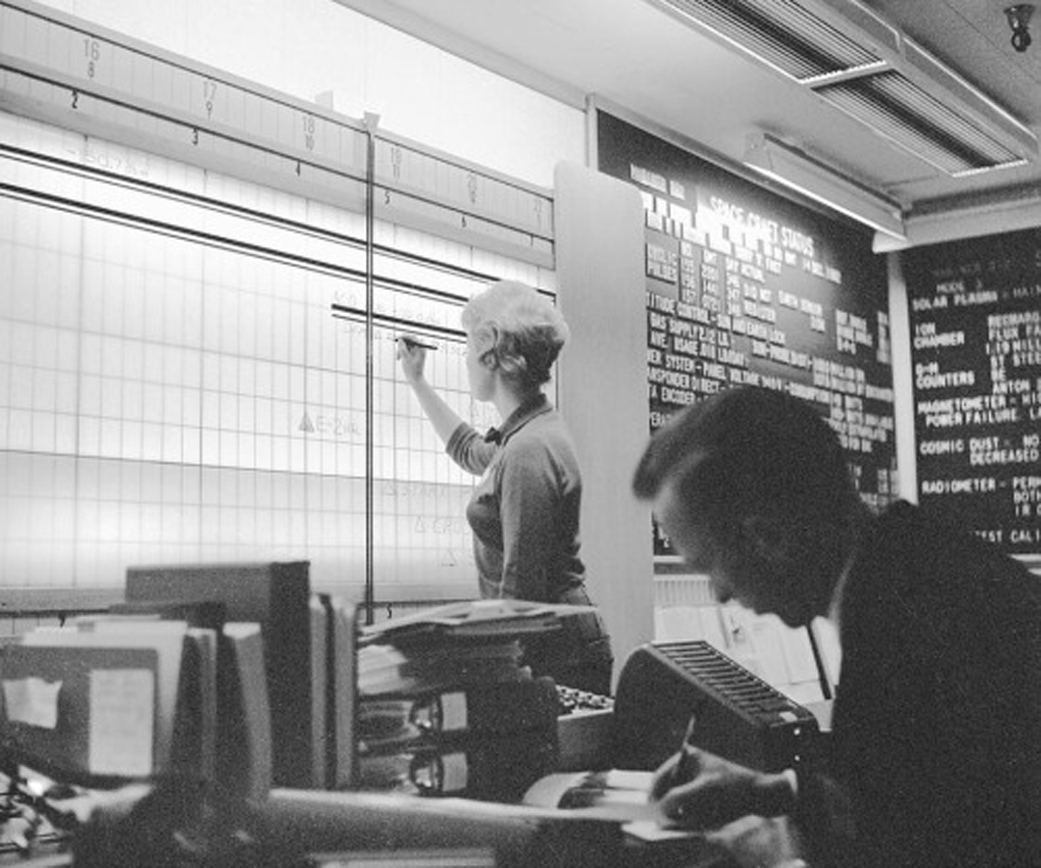NASA Awards Astrophysics Postdoctoral Fellowships for 2024
Apr 2, 2024
5 min read
NASA Awards Astrophysics Postdoctoral Fellowships for 2024

The highly competitive NASA Hubble Fellowship Program (NHFP) recently named 24 new fellows to its 2024 roster. The program fosters excellence and inclusive leadership in astrophysics by supporting a diverse group of exceptionally promising and innovative early-career astrophysicists.
The NHFP enables outstanding postdoctoral scientists to pursue independent research in any area of NASA Astrophysics, using theory, observations, simulations, experimentation, or instrument development. Over 520 applicants vied for the 2024 fellowships. Each fellowship provides the awardee up to three years of support at a U.S. institution.
Once selected, fellows are named to one of three sub-categories corresponding to three broad scientific questions that NASA seeks to answer about the universe:
- How does the universe work? – Einstein Fellows
- How did we get here? – Hubble Fellows
- Are we alone? – Sagan Fellows
“The NASA Hubble Fellowship Program is a highly competitive program, and this year’s cadre of Fellows are to be congratulated on their selection,” said Mark Clampin, director of the Astrophysics Division at NASA Headquarters in Washington, D.C. “They will undoubtably be future leaders in the field of Astronomy and Astrophysics.”
The list below provides the names of the 2024 awardees, their fellowship host institutions, and their proposed research topics.
2024 NASA Hubble Fellowship Program:
How does the universe work? – Einstein Fellows:
- Vishal Baibhav, Columbia University, Dancing with Black Holes: Harnessing gravitational waves to understand the formation of black holes
- Jordy Davelaar, Princeton University, Unraveling the physics of accreting black hole binaries
- Alexander Dittmann, Institute for Advanced Study, Bridging the Gap in Supermassive Black Hole Binary Accretion – From Simulation to Observation
- Cristhian Garcia Quintero, Harvard University, Phenomenological modified gravity in the non-linear regime and improving BAO measurements with Stage-IV surveys
- Amelia (Lia) Hankla, University of Maryland, College Park, Explaining Radio to X-ray Observations of Luminous Black Holes with a Multizone Outflowing Corona Model
- Keefe Mitman, Cornell University, Decoding General Relativity with Next-Generation Numerical Relativity Waveforms
How did we get here? – Hubble Fellows:
- Michael Calzadilla, Smithsonian Astrophysical Observatory, A Multiwavelength View of the Evolving Baryon Cycle in Galaxy Clusters
- Sanskriti Das, Stanford University, Where the energetic universe meets the hot universe
- Yue Hu, Institute for Advanced Study, The Role of Magnetic Field in Galaxy Cluster’s Diffuse Structure Formation
- Wynn Jacobson-Galan, California Institute of Technology, Final Moments: Uncovering the Rate of Enhanced Red Supergiant Mass-loss in the Local Volume
- Madeleine McKenzie, Carnegie Observatories, Uncovering the unknown origins of globular clusters
- Jed McKinney, University of Texas, Austin, The Role of Dust in Shaping the Evolution of Galaxies
- Andrew Saydjari, Princeton University, Inferring Kinematic and Chemical Maps of Galactic Dust
- Peter Senchyna, Carnegie Observatories, Bridging the Gap: Bringing the First Galaxies into Focus with Local Laboratories
- Raphael Skalidis, California Institute of Technology, Magnetic fields in the multiphase interstellar medium
- Adam Smercina, Space Telescope Science Institute, A Portrait of the Triangulum: Advancing a New Frontier of Galaxy Evolution with Resolved Stars
Are we alone? – Sagan Fellows:
- Jaren Ashcraft, University of California, Santa Barbara, Optimizing the Vector Field for Next-generation Astrophysics
- Kiersten Boley, Carnegie Earth and Planets Laboratory, Identifying the Key Materials for Planet Formation and Evolution
- Cheng Han Hsieh, University of Texas, Austin, A Deep Dive into the Early Evolution of Protoplanetary Disk Substructures and the Onset of Planet and Star Formation
- Rafael Luque, University of Chicago, Understanding the origin and nature of sub-Neptunes
- Sarah Moran, NASA Goddard Space Flight Center, From Stars to Storms: Planetary Cloud Seeding with Sulfur-based Hazes
- Shangjia Zhang, Columbia University, Probing Young Planet Populations with 3D Self-Consistent Disk Thermodynamics
- Lily Zhao, University of Chicago, Enabling Radial Velocity Detection of Earth-Twins Through Data-Driven Algorithms and Community Collaboration
- Sebastian Zieba, Smithsonian Astrophysics Observatory, Characterization of rocky exoplanet surfaces and atmospheres in the JWST era
An important part of the NHFP is the annual Symposium, which allows Fellows the opportunity to present results of their research, and to meet each other and the scientific and administrative staff who manage the program. The 2023 Symposium was held at the Center for Astrophysics in Cambridge, Massachusetts. Science topics ranged through exoplanets, gravitational waves, fast radio bursts, cosmology and more. Non-science sessions included discussions about career paths, fellows’ plans for mentoring and to increase diversity, equity, and inclusion in the NHFP, as well as an open mic highlighting an array of talents outside of astrophysics.
The Space Telescope Science Institute in Baltimore, Maryland administers the NHFP on behalf of NASA, in collaboration with the Chandra X-ray Center at the Smithsonian Astrophysical Observatory in Cambridge, Massachusetts, and the NASA Exoplanet Science Institute at Caltech/IPAC in Pasadena, California.
Short bios and photos of the 2024 NHFP Fellows can be found at:
https://www.stsci.edu/stsci-research/fellowships/nasa-hubble-fellowship-program/2024-nhfp-fellows
Media Contacts:
Claire Andreoli
NASA’s Goddard Space Flight Center, Greenbelt, MD
claire.andreoli@nasa.gov
Cheryl Gundy
Space Telescope Science Institute, Baltimore, MD



